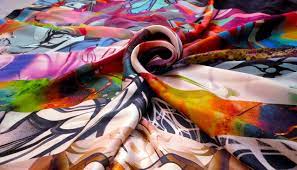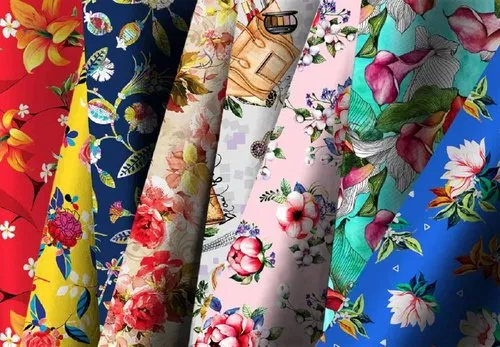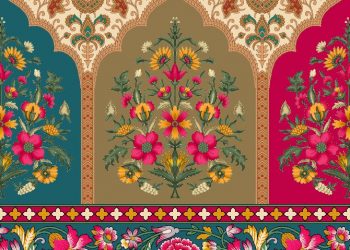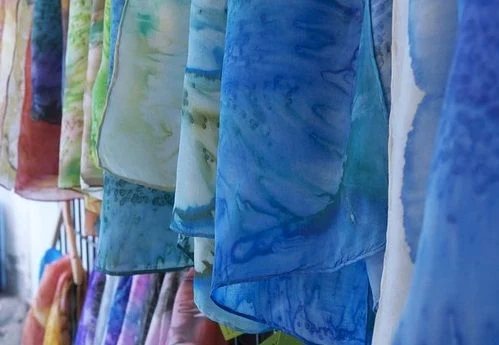Table Of Contents
Fabric printing is a process that uses additive manufacturing to create three-dimensional objects from digital models. A digital model of the desired object serves as the basis for the procedure and is then divided into thin layers. These layers are then printed one at a time, using a variety of materials, including plastics, metals, and ceramics.
Also checkout: Complete Guide About Textile Fabrication Process
Advantages Of Fabric Printing
There are many advantages to using fabric printing, including:

Speed:
Printing on fabrication is a much faster process than traditional manufacturing methods, such as machining or casting. This can lead to significant cost savings, as well as the ability to produce parts on demand.
Precision:
Printing on fabrication can produce parts with very high precision, often to within a few microns. This is essential for many applications, such as medical devices and aerospace components.
Complexity:
Printing on fabrication can be used to create complex parts that would be difficult or impossible to produce using traditional methods. This makes it ideal for prototyping and rapid product development.
Also checkout: How Textile Industry Works in Pakistan
Disadvantages Of Fabric Printing
There are also some disadvantages to using printing on fabrication, including:
Cost:
The cost of printing on fabrication can be high, especially for large or complex parts. However, the cost is coming down as the technology matures.
Material Selection:
The range of materials that can be used with printing on fabrication is still limited. But progress is being made all the time.
Post-Processing:
Many printed parts require post-processing, such as sanding, painting, or heat treatment. This can lengthen and expense the manufacturing procedure.
Also checkout: Guideline Regarding Fashion Industry And Its Key Sectors
Applications Of Fabric Printing

Printing on fabrication is used in a wide variety of industries, including:
Aerospace:
Printing on fabrication is used to create lightweight, strong parts for aircraft and spacecraft.
Automotive:
Printing on fabrication is used to create prototypes and low-volume parts for cars and trucks.
Medical
Printing on fabrication is used to create medical devices, such as prosthetics and implants.
Consumer goods:
Printing on fabrication is used to create a variety of consumer goods, such as toys, jewelry, and home goods.
Future Of Fabric Printing
The future of printing on fabrication is bright. The technology is rapidly developing, and the cost is coming down. This is making printing on fabrication a viable option for a wider range of applications. As the technology continues to mature, we can expect to see even more innovative uses for printing on fabrication.
Conclusion
Printing on fabrication is a rapidly developing technology with a wide range of potential applications. The advantages of printing on fabrication include speed, precision, and complexity. The disadvantages include cost, material selection, and post-processing. The future of printing on fabrication is bright, and we can expect to see even more innovative uses for this technology in the years to come.
Also checkout: Difference Between Screen Printing and Digital Printing
“This article was written by Bard, a large language model from Google AI.”










